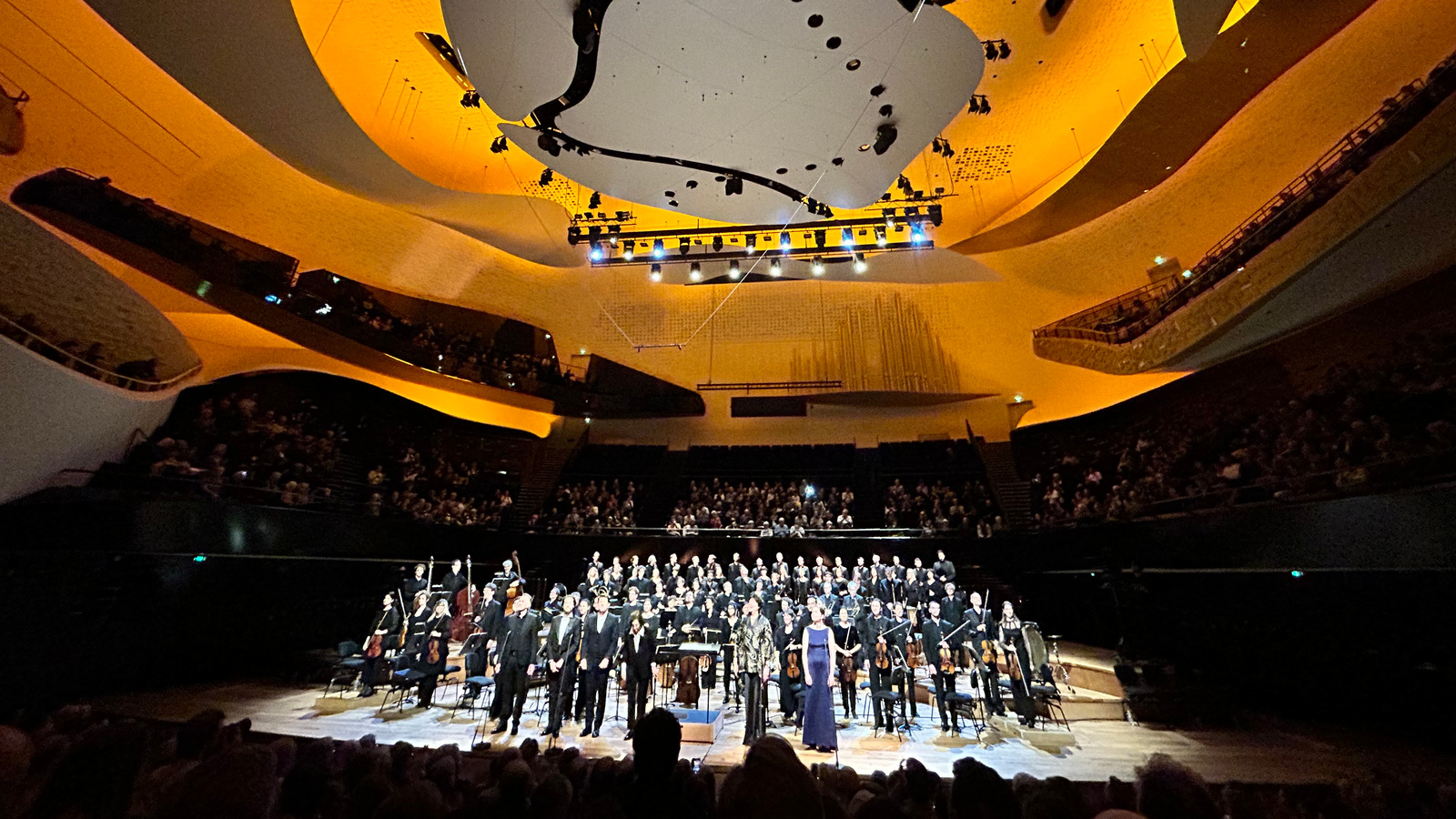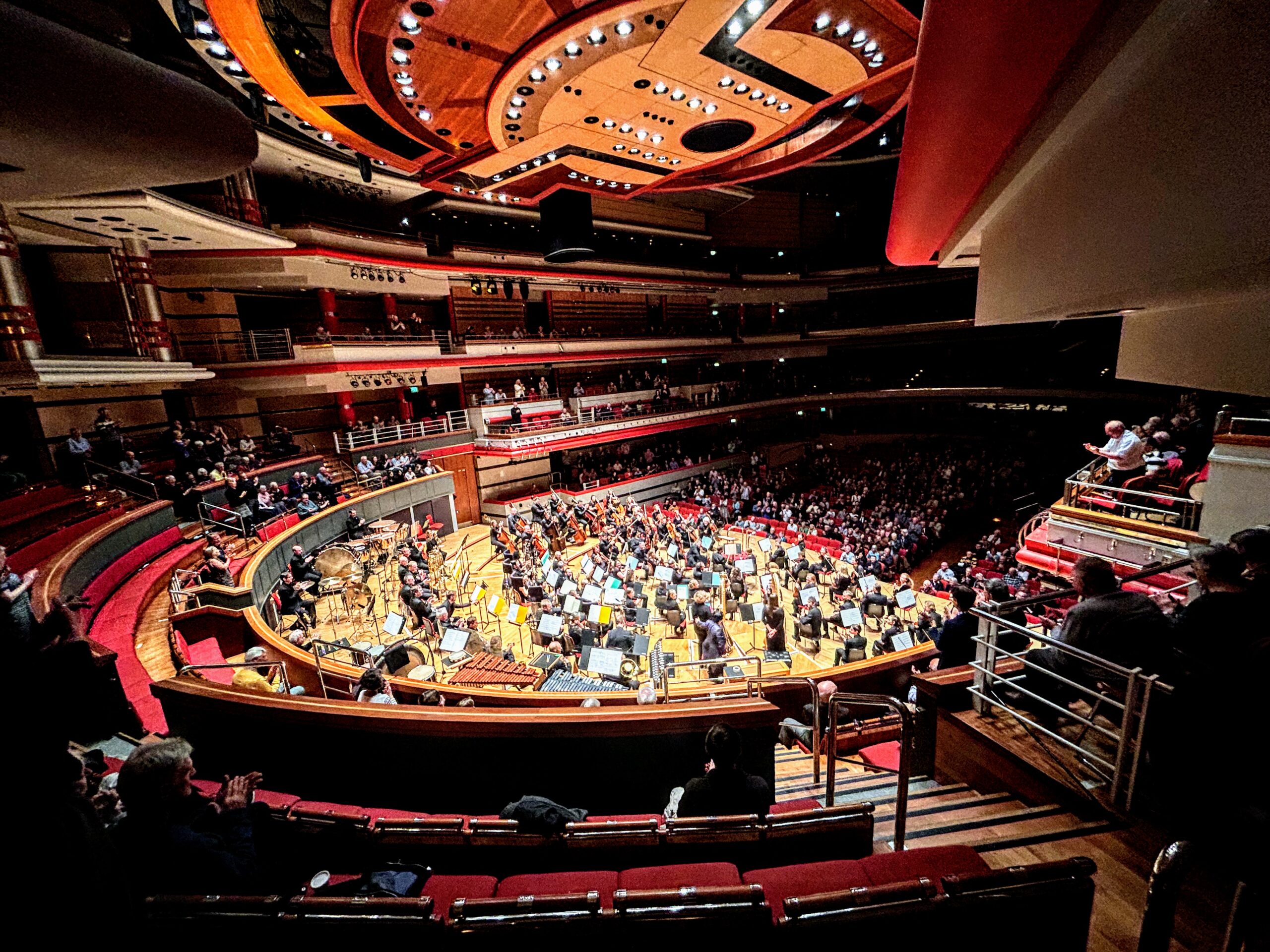The French chamber choir Accentus Music celebrates its thirtieth anniversary with four concerts this month, two in Paris. Accompanied by the Insula Orchestra and conductor and choir founder Laurence Equilbey, the choir’s Philharmonie de Paris concert on Thursday demonstrated both ensembles at their very best.
The celebratory programme drew on uplifting settings of liturgical texts by Felix Mendelssohn, some of the material which also features on Accentus’s 2011 album on Errato.
Materially speaking, some of the well-loved liturgical works by Felix Mendelssohn included in the programme saw characteristic flourishes that reminiscent of the German composer’s comparatively well-known orchestral output. Here in various motets and cantatas, Mendelssohn’s trademark industrious euphoria was evident in fiendish string parts and decorative wind sequences, all executed with magnificent precision. In the overture to Die Erste Walpurgisnacht, the first and second violins shot a barrage of musical fireworks alternating material from one side of the ensemble. Elsewhere, natural horns and a solo bassoon blended perfectly to summon an enchanting epic landscape. Special mention to timpanist Koen Plaetinck whose thunderous contribution struck suitable terror when the need arose.
The motivation to come to Paris for the second time in a month was squarely on the Accentus – an opportunity to see whether the remarkable sound they created at the Sky Burials concert at La Seine a few weeks back was a one off or, worse, mere imagination on my part.
Thankfully not. Once again, Accentus’s extraordinary technique commands unwavering attention and rewards with power, verve, and dynamism. This remarkable singing group wears their considerable vocal discipline lightly, ably responding to conductor Laurence Equilbey’s meticulous direction with feather-like pianissimos and potent fortissimos. Accentus’s dynamic range is extensive and response consistently nimble. Their distinctive efficiency and resourcefulness is further emphasised by the size of the group. Numbering only 38 singers Accentus created an intimate feel at the same time as giving the full-throttle moments an epic scale. The choir’s modest size brings them closer to the audience acceleralating the visceral connections their sound creates. This in turn made for an immediate and captivating performance. They are one of those rare brands in the classical music world: a box office guarantee.
If there was a stand-out moment in amongst so much joyous texture, it was the Nunc dimittis (Herr, nun lassest Du) from Die Gerburt Christi Op. 69. Heavenly vocalisations made this a warm comforting prayer with long arching lines, powerful support, and a ravishingly placed final note in the lower basses that made knees turn to jelly. In similar way, the chorale Er nimmt auf seinen Rucken in Das Leiden Christi, this accompanied by wind and organ, was a serene evocation that lingered long in hearts and minds.

The acoustic of the Philharmonie de Paris is notable here. The auditorium sits inside a larger chamber around which the sound from the stage permeates through doorless exits. Here the sound has further to reach — meaning the resulting ambience is distant and deep. Whilst Insula and Accentus were adept at creating an intimate feel, the Philharmonie de Paris did by virtue of its construction help create a sense of awe. Conductor Laurence Equilbey exploited this making fortissimo punctuations forceful but brief, leaving the acoustic to transform the sound into something ecclesiastical. This combined with the organic scoops, waves and branches of the auditorium’s interior design trigger a sense of awe.
The responsiveness in both groups of musicians is a direct consequence of Equilbey’s exemplary attention to detail. Just as in interviews, her love of preparation results in sound driven by intention, sound that is packed full of inviting detail. She assumes a studious and humble presence on stage, shoulders square but head bowed to the performers in front of her. When conducting, precise details are directed from a small range, with impassioned musical statements originating from the upper body that are tightly focussed. Such music with such depth and power would surely demand a more ostentatious statement from the conductor. Not Equilbey who draws on the precise direction when it is specifically called for, leaving all other distractions at stage door.



